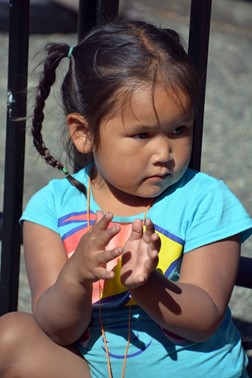A compare and contrast paragraph explores the similarities and differences between two or more subjects. It’s a powerful tool for clarifying complex ideas, making informed decisions, and highlighting the unique characteristics of various topics. This type of paragraph is frequently used in academic writing, essays, reports, and even everyday conversations. Understanding its structure and purpose is crucial for effective communication.
Identifying a Compare and Contrast Paragraph
A compare and contrast paragraph typically includes the following elements:
- Clear Identification of Subjects: The paragraph clearly states the two (or more) subjects being compared and contrasted.
- Focus on Specific Points: Instead of broadly discussing the subjects, the paragraph focuses on specific points of comparison or contrast. For instance, instead of comparing all aspects of cats and dogs, it might focus on their grooming habits, temperaments, or trainability.
- Use of Transition Words: Specific transition words and phrases signal whether a similarity or difference is being discussed. Examples include:
- Comparison (Similarities): similarly, likewise, in the same way, also, both, too
- Contrast (Differences): however, on the other hand, in contrast, while, whereas, yet, although, conversely
- Organized Structure: The paragraph follows a clear organizational pattern, either:
- Point-by-Point: Discussing each point of comparison or contrast for both subjects before moving on to the next point.
- Subject-by-Subject: Discussing all aspects of one subject before moving on to the other subject.
Examples of Compare and Contrast Paragraphs
Let’s examine two examples to illustrate these principles.
Example 1: Comparing Cree and English (Point-by-Point)
Cree and English, while vastly different languages, share the common goal of communication. However, their grammatical structures diverge significantly. One key difference lies in verb complexity; Cree verbs often encapsulate entire sentences, like “Nichii mishtamuuwaatihkwen” for “I ate a lot of caribou,” whereas English relies on multiple words. Similarly, both languages categorize nouns, but Cree distinguishes between animate and inanimate objects, affecting plural formation. In contrast, English uses a single plural form for most nouns. Finally, Cree integrates possession directly into nouns (e.g., “nimasinahiikan” for “my book”), while English uses separate possessive pronouns.
Example 2: Comparing Christianity and Islam (Subject-by-Subject)
Christianity and Islam, two of the world’s largest religions, share fundamental similarities. Christianity centers around the Bible as its holy book, guiding believers’ behavior and emphasizing peace. Followers worship one God and observe specific practices like weekly worship. Similarly, Islam reveres the Qur’an as its sacred text, promotes peace, and requires adherence to a single God and practices like pilgrimage to Mecca. However, key differences exist, notably regarding the role of women and dietary restrictions like the prohibition of pork and alcohol in Islam.
Utilizing Compare and Contrast in Writing
Mastering the compare and contrast paragraph allows for more nuanced and insightful writing. By highlighting similarities and differences, writers can guide readers toward a deeper understanding of complex topics, ultimately fostering critical thinking and informed decision-making.

